Toolbox &
Collaborations
Project criteria
According to DIN69901-05, a project is essentially characterized by the uniqueness of the conditions, such as a target, time, financial, personnel, or other limitations of a project-specific organization.
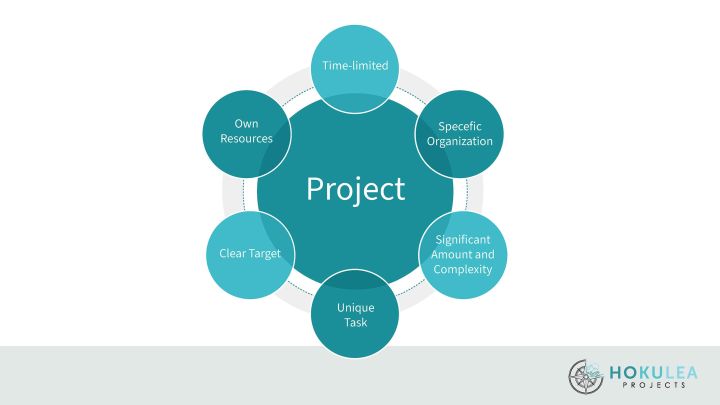
SCRUM
Agility is the mobility, flexibility, or maneuverability of organizations, persons, structures, and processes. Teams react flexibly to unforeseen events and new requirements. For example, we are reactive and proactive in terms of change.
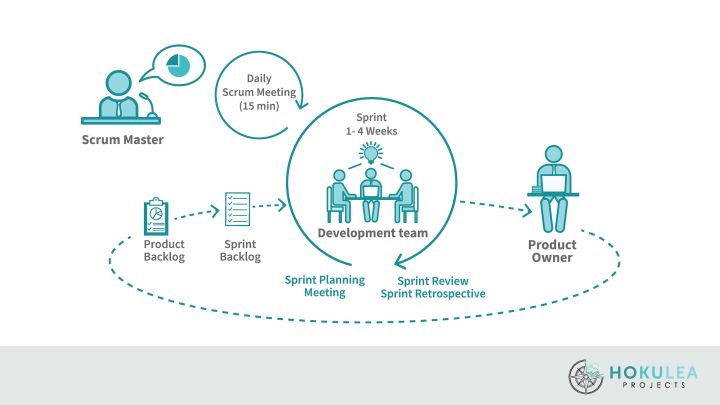
Lifecycle of a Project
A need triggers a project, so ideas are collected before the actual project is initiated. After the project is completed, the benefits of the developed system are available.
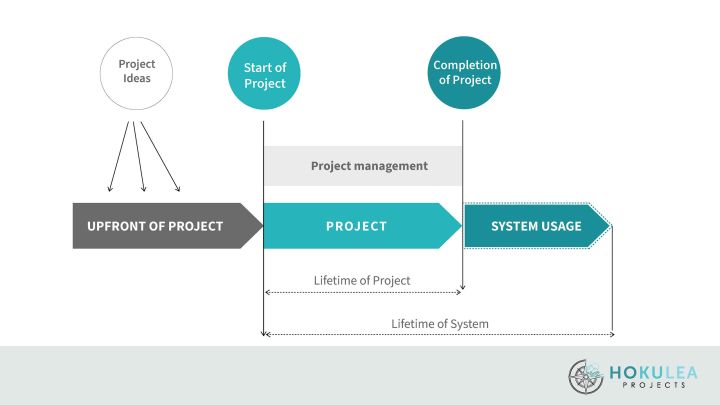
Project phases
In general, each project goes through the following phases. At the same time, these describe the life cycle of a project and require support from project management over this period.

Development-organization integration project phases
They divide projects into three main categories:
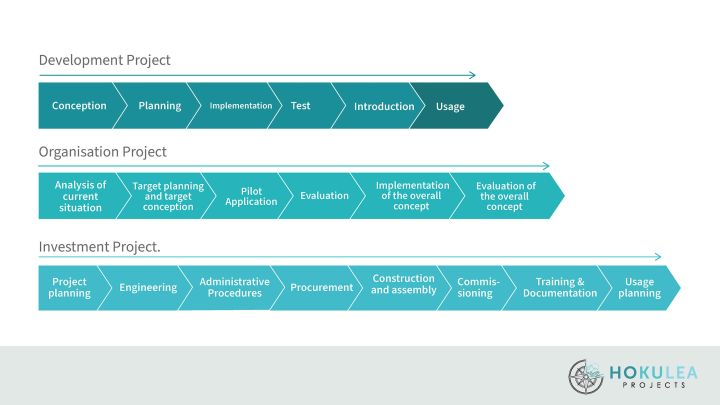
The V-Model
When projects include integrated systems, the V-model is used as a monitoring tool:
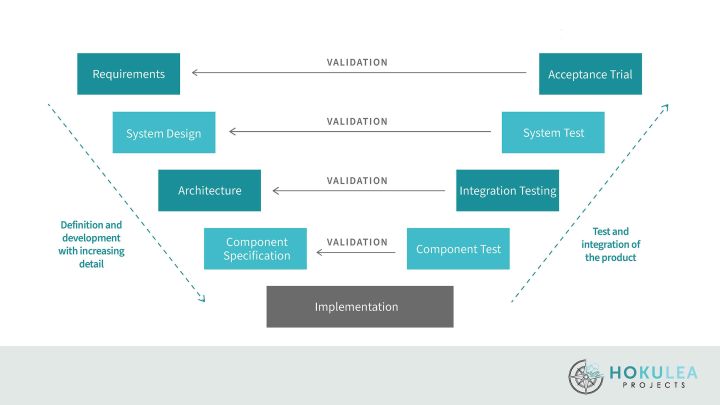
SWOT-Analysis
The SWOT analysis records the actual situation based on a strengths-weaknesses profile and a risk- opportunity profile, which results in different action strategies.
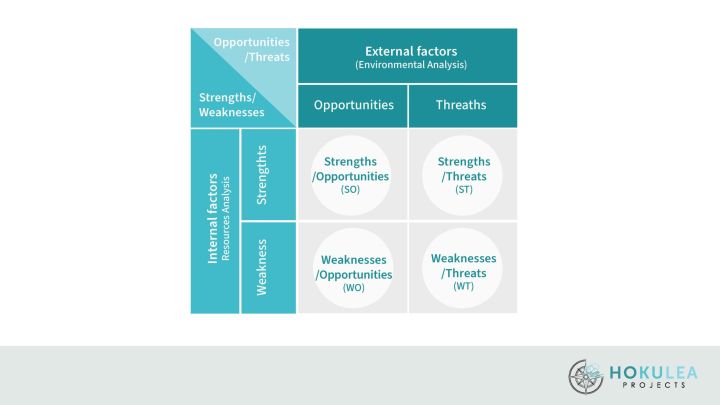
Project-target triangle & SMART
The goal definition and formulation are elementary in projects, giving them a clear orientation and control.
Eisenhower-Matrix
To prioritize tasks, they are evaluated according to their urgency and importance. They are then divided into one of four possible categories:
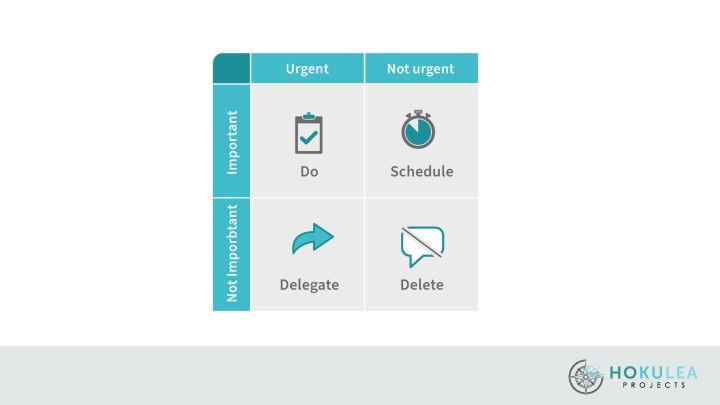
SynerHy – Hydrogen Experts
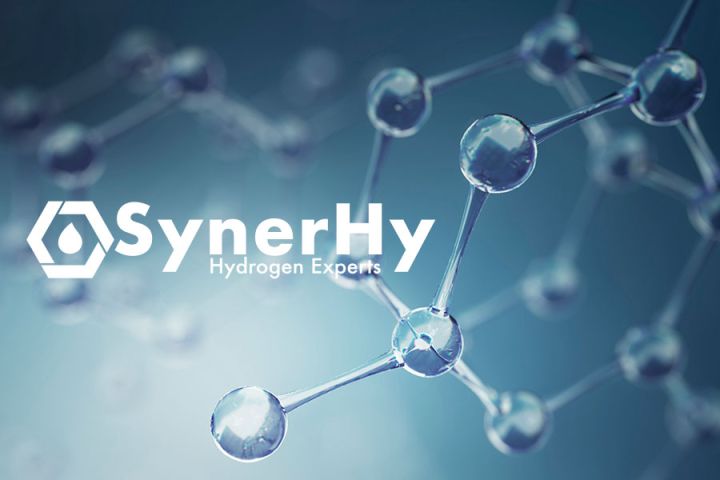
SynerHy © Hokulea Projects
SynerHy is a platform of experts in the hydrogen field with more than 50 years of cumulative experience. They offer solutions that help our clients accomplish renewable hydrogen projects with maximum impact, quality, and commitment.

